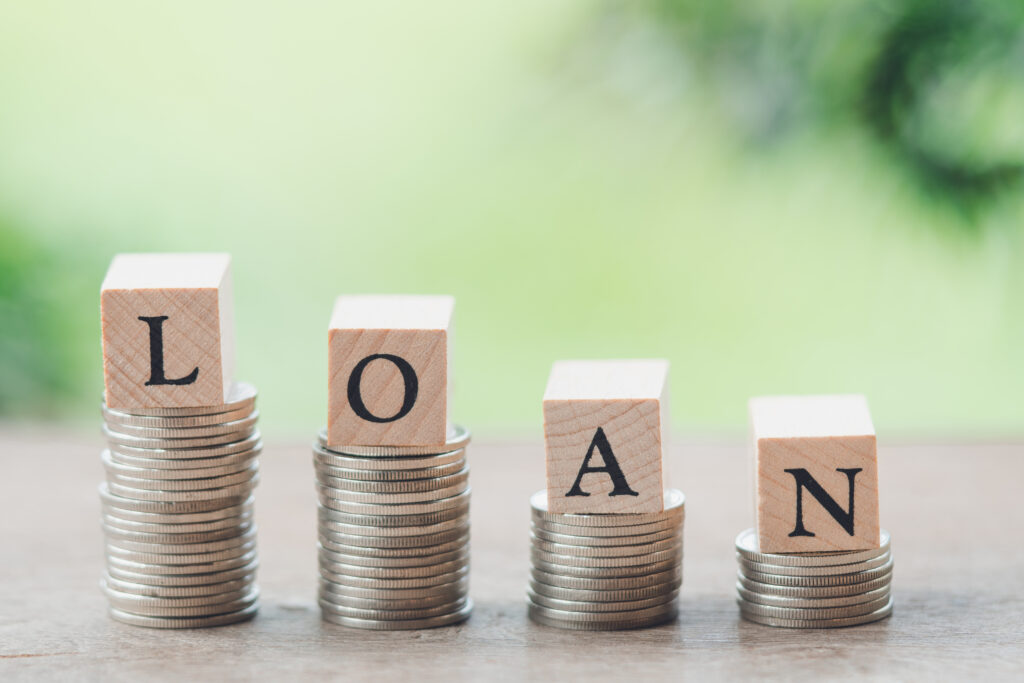
Driven by the peer-to-peer economy that has drastically shifted and influenced traditional business practices, micro loans (also known as micro credit) are small loans given out by independent individuals or a group of individuals that each offer a portion of the overall amount, instead of large institutions such as banks and credit unions. Used most widely in developing nations that lack access to modern banks, this form of micro financing exists to aid the survival and growth of small businesses.
One of the chief elements that catapulted the popularity of microlending is the fact that anyone can participate and invest in these third-world businesses. Coupled with the advancement of technology and the Internet, the market is now a lot more accessible, providing an individual in Singapore a swift avenue to give out micro loans to someone from across the pond. The entire process, from finding a lender, to making the transactions, can all be done online.
It’s a useful way for individual lenders, with loads of savings sitting in their bank accounts, to not only boost these businesses run by low-income folks, but also earn a little bit of interest at the end of it. Or rather, a whole lot of interest, since low-income borrowers are likely to default their loans. That’s good news for the lenders who stand to benefit from above market interest rates.
Still, it’s not a completely Utopian arrangement. These micro loans don’t usually come secured by collateral–property or assets that can be seized if the loan isn’t repaid–so if the borrower isn’t able to pay up, it’s likely for the lender to get nothing in return. The obvious risks involved in funding low-income borrowers and businesses could lead you to lose a ton of money, if you don’t know how to strategize and spread the risk. If you do, that is, putting tiny amounts of money into each loan while managing a diverse portfolio of multiple micro loans with different credit qualities, you could turn a profit.
The History of Micro Loans
Before it reached bigger banks looking to serve SMEs, micro loans were pioneered by Grameen Bank as a way to help and empower the poor. If you dig deeper into history before the existence of the term, micro loans or microcredit, you’ll see that the concept itself isn’t new. Jonathan Swift, the notable author of Gulliver’s Travels, in fact was making micro loans to the destitute in Ireland in the early 18th century before micro loans were a thing.
It was only formerly introduced and rebranded in the late 70s when Muhammad Yunus, a social entrepreneur, banker, economist and Nobel Peace Prize recipient from Bangladesh, realised the potential of micro loans as a viable method of lifting people out of poverty. Furthermore, he believed that “all human beings are born entrepreneurs”. Fuelled by this new idea, he went on to establish Grameen (which means “village”) Bank in 1983. Soon after this Bangladeshi bank revolutionised and popularised micro loans, the rest of the world followed suit with more than 3,000 companies entering the microcredit arena.
Grameen Bank played a key part in shifting the ingrained mindset that lending money to those in poverty who earn just a few dollars a day, will only trap them in debt. It focused on the fact that these people are running microbusinesses, and the provision of loans will help them earn a lot more—more than what they owe their lenders. It works in a cycle, which starts with lending a sufficient amount of money for microbusiness owners to expand their enterprise and exit the poverty pool. The repaid money will then go towards other borrowers, kickstarting their exits as well.
Beyond that, Yunus was also involved in appealing to external funders such as the Ford Foundation. Eventually, this business financing model gained traction, as well as the attention of a slew of investors who took microfinance to the next level. It garnered global development from the 80s to the early 2000s, and most recently hit about 211 million worldwide borrowers in 2013.
The Mechanics of Micro Loans
In the early days, the original model developed by Grameen Bank mandated that once a loan is issued, repayment begins immediately and stretches out over a year or two. It also introduced group loans, where the loans are shared between a group of borrowers from various households who can help encourage each other to pay up. At that time, Grameen Bank didn’t have physical outlets either, relying instead on individual officers to gather the villagers and borrowers every week to distribute loans and collect payments.
Modern-day versions of this model such as Singapore’s Micro Loan Programme (MLP), on the other hand, work a little differently with different criteria. The MLP, for instance, prioritises the business over the borrower. Not only must the business be registered and incorporated in Singapore, it has to hold at least 30% local shareholding, and have no more than 10 employees or no more than $1 million in annual sales.
Did Micro Loans Work?
In spite of Yunus’ lofty aspirations, there’s been no concrete evidence of micro loans eradicating poverty on a massive scale. On the contrary, some view it as a crutch, much like how credit cards have not helped but exacerbated the surmounting worldwide debt problem. The popularity of micro loans suffered a major hit around the 2000s when critics started exploring the possibility that these loans may, in fact, be detrimental to its customers.
The issue with microcredit institutions is that they are, at the end of the day, businesses looking to make a profit as well. Yet, their mission is poverty alleviation, an altruistic, non-profit goal. This clear conflict of interest makes it easy for such institutions to fall into the enticing trap of exploitation, raising interest rates to a level that is no longer beneficial to the low-income borrowers. They could argue that it’s necessary to cover costs, but they’re really no better than your average avaricious loan shark.
So out-of-hand has the situation become that the government of Indian state Andhra Pradesh ordered for the closure of microfinance firms in 2010, citing reasons such as overindebtedness and the increased suicide rate among borrowers. As a series of studies confirmed in 2015, the microcredit strategy failed to boost the average income of borrowers.
The Little Triumphs of Micro Loans
Nevertheless, it wasn’t a total washout. Researchers of those studies also found that people are dedicating more time towards their small businesses and shifting their spending habits. Thanks to Grameen Bank, the microcredit scheme made way for more reliable financial services for low-income groups in developing nations. During emergency situations, in particular, these folks are able to obtain the funds they need to tide over the temporal crisis. It turns out that borrowers are using these micro loans to pay for everyday purchases as well because feeding a family is more important than their entrepreneurial dreams.
Not to mention, it’s moved the needle significantly in terms of empowering women. From Grameen Bank’s commitment (alongside other firms) to offer loans to women, they’ve managed to grant a bit more financial freedom to the half of humankind that’s long been oppressed and undermined. Today, about 80% of micro loan borrowers are female.
Although micro loans haven’t lived up to its expectations as a cure for poverty, there’s no doubt it’s taken small steps to improve the lives of impoverished folks. Take the case of Andhra Pradesh as an example. After the state destroyed its microlending firms, the overall level of salaries in its rural zones dropped as well, proving if anything that micro loans are a right step towards a healthier economy for rural communities.




